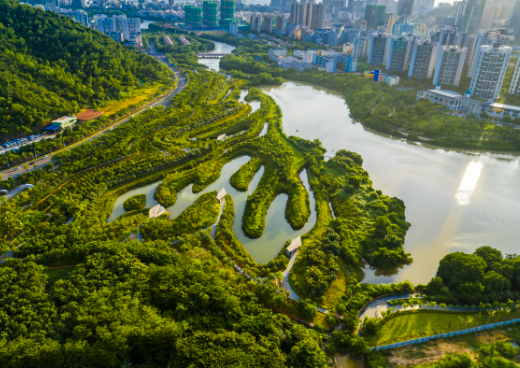Kongjian Yu: Transforming Landscape Architecture
Kongjian Yu is a name synonymous with innovative landscape architecture, particularly in China. His work emphasizes ecological restoration, urban greening, and sustainable practices, making it increasingly relevant in today’s context of climate change and urbanization. This article explores his influential contributions and the principles that define his approach to landscape design.
Innovative Approaches to Urban Design
One of Yu’s core philosophies is the idea of “sponge cities,” a concept that aims to address urban flooding through strategic landscape planning. This approach integrates green spaces like parks and wetlands into urban environments, allowing cities to absorb and manage rainwater more effectively. By incorporating nature into urban planning, Yu not only enhances biodiversity but also improves residents’ quality of life. His designs remind us that landscapes can be functional and beautiful, serving as essential ecosystems in densely populated areas.
The Influence of Nature in Design
Yu firmly believes that nature should be the leading influence in landscape architecture. He often draws inspiration from traditional Chinese garden principles, advocating designs that harmonize with the natural environment rather than impose on it. This philosophy is evident in his projects, such as the Qunli Rainwater Park in Harbin, which showcases how landscape design can work in symbiosis with nature. Here, wetlands and native plant life contribute to local ecosystems and flood management while offering recreational opportunities for the community. Yu’s designs encourage a shift in perspective, urging architects to see landscapes as living systems that require thoughtful interaction.
Education and Advocacy for Sustainable Practices
Beyond his design work, Kongjian Yu is committed to education and advocacy within the field of landscape architecture. As the founder of the Beijing-based landscape architecture firm Turenscape, he plays a significant role in shaping future landscape architects. Yu often lectures on ecological design and its importance, aiming to instill a sense of environmental responsibility in his students and peers alike. His efforts to promote sustainable practices extend beyond the classroom, as he actively participates in discussions and conferences focused on climate change and urban development. By championing education, Yu is equipping the next generation of architects with the tools they need to create balanced and sustainable environments.
In Conclusion
Kongjian Yu’s contributions to landscape architecture highlight the essential role this field plays in addressing contemporary environmental challenges. Through innovative designs, a deep respect for nature, and a commitment to education, Yu invites us to reconsider our relationship with the landscapes around us. If you’re interested in learning more about his work or exploring how landscape architecture can make a positive impact, consider diving deeper into his projects or joining upcoming discussions in the field. Embrace the opportunity to think about how you can contribute to creating a more sustainable world through landscape design.

